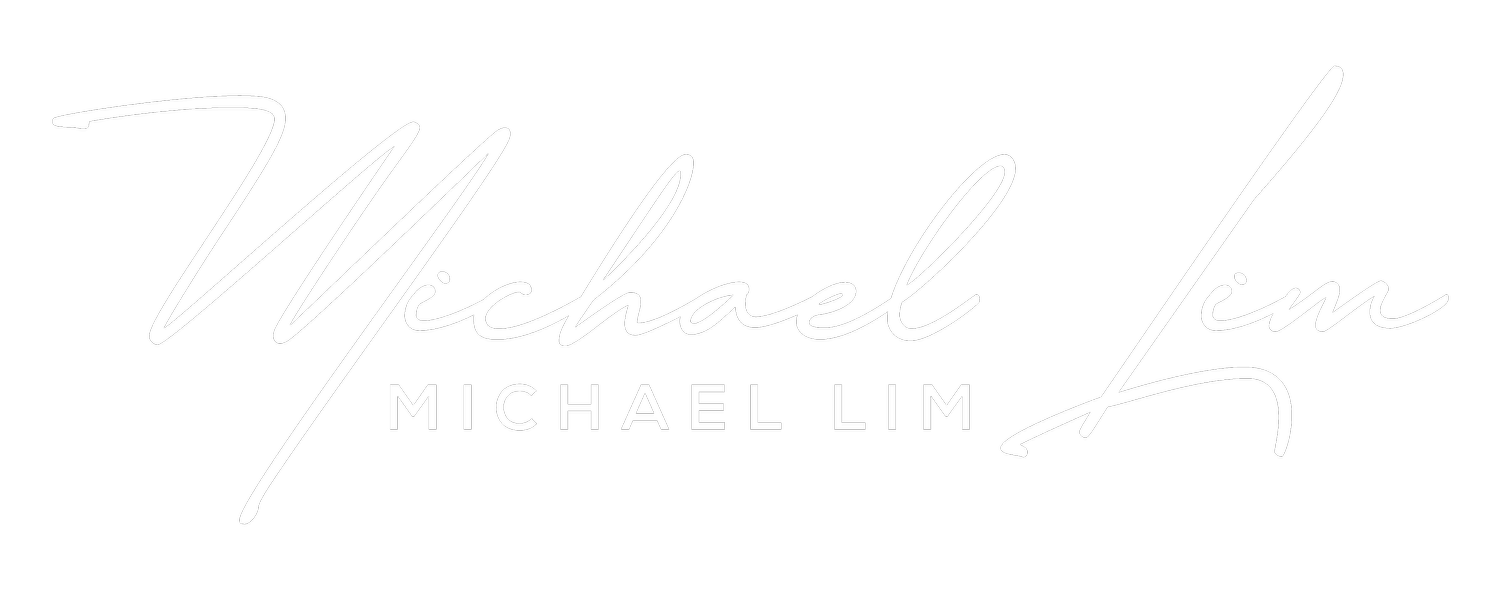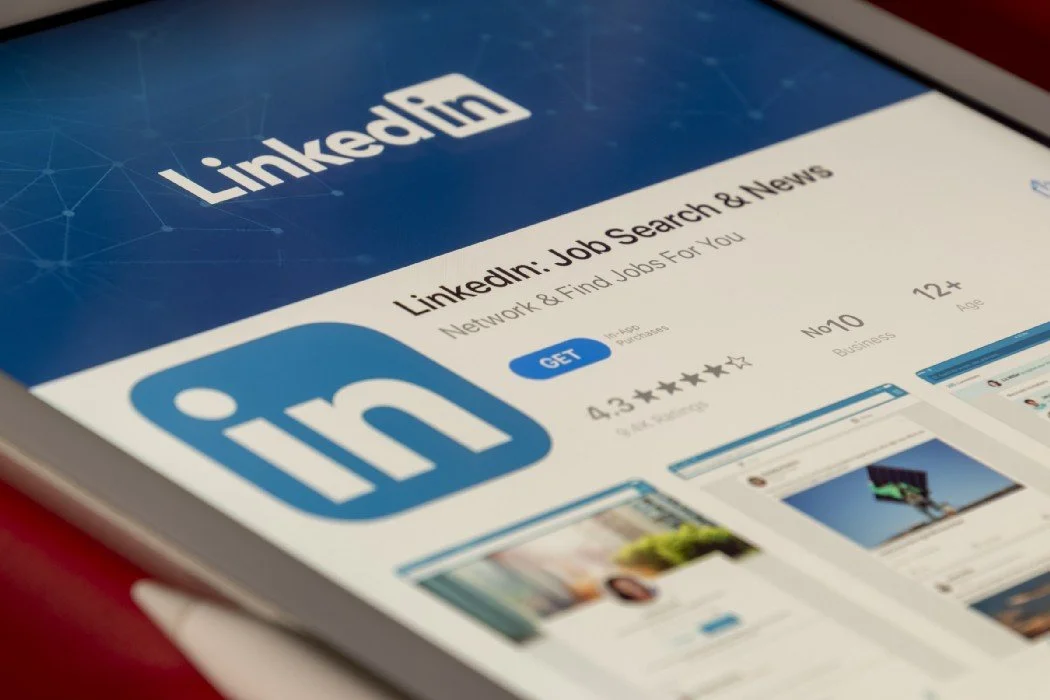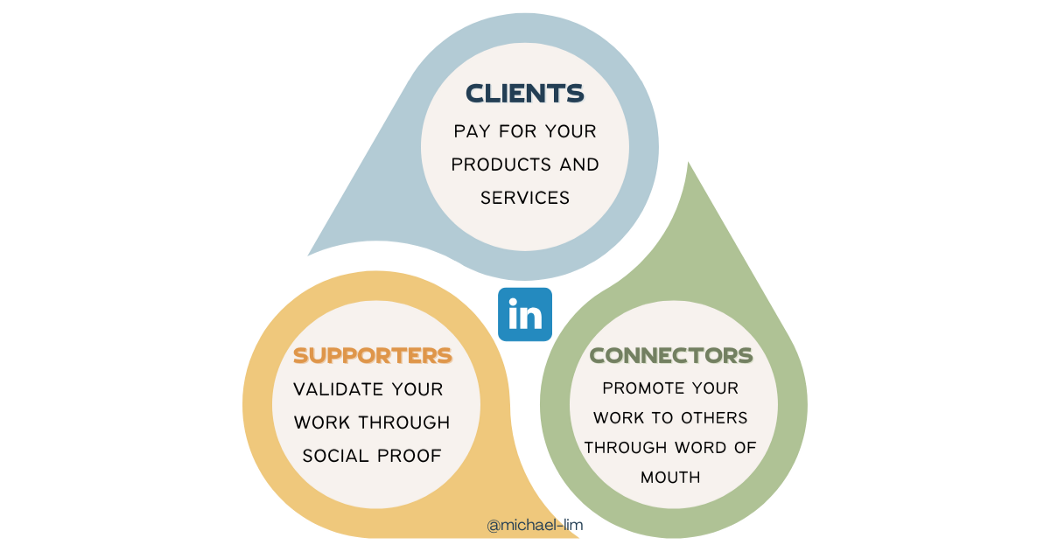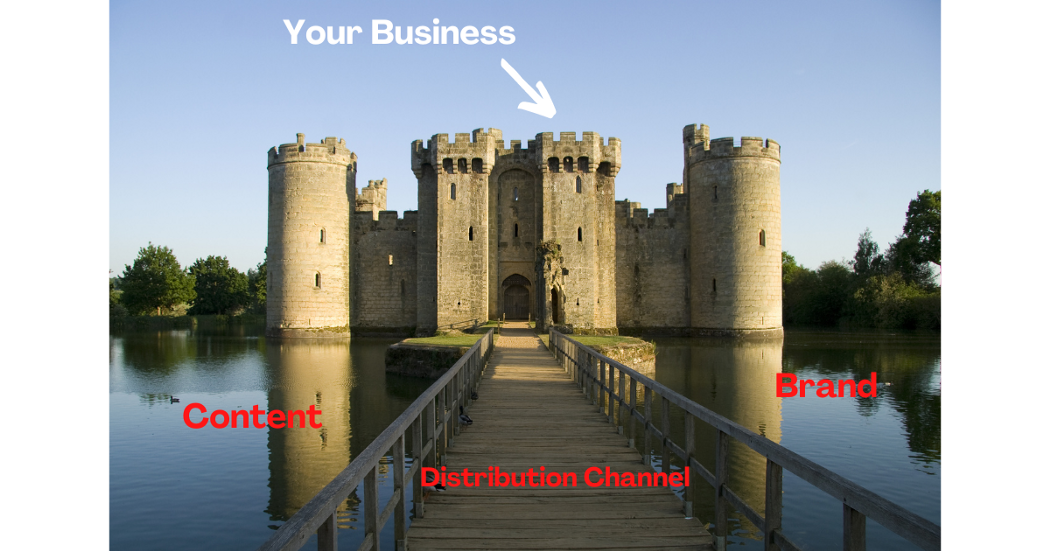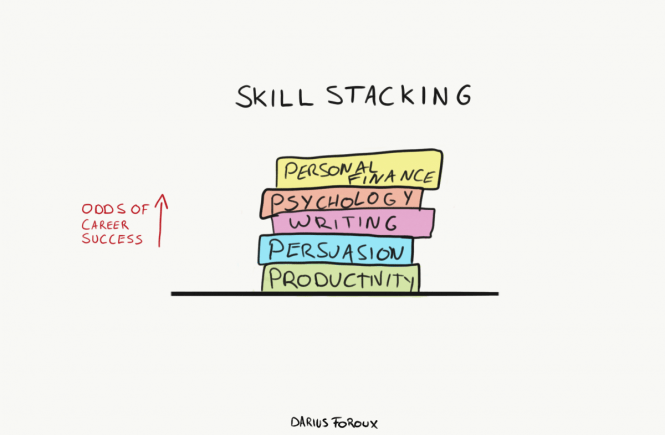How I Built A Six-Figure Consulting Business Through LinkedIn
Leverage this 5-step monetization and branding strategy to launch your own business idea.
Photo by Souvik Banerjee on Unsplash
LinkedIn helped me create a (one-person) six-figure consulting business in less than 3 months.
I plan to scale this business to multiple six figures in 2023.
I don’t write this to brag, only to inspire.
You can’t be what you can’t see, and hopefully, my journey can help you towards your entrepreneurial journey.
So whether you’re a seasoned veteran or just beginning, this is how you can use LinkedIn to start or transform your own business.
Remember: You’re only one post away from your dream job or business.
Why Build A Business On Linkedin?
Linkedin is where you build your reputation and trust with your:
Clients
Connectors
Supporters
What’s the difference?
Clients pay for your products and services.
Connectors promote your work to others through word of mouth.
Supporters validate your work through social proof.
Author’s own image — via Canva
For my consulting niche, I won’t find my audience on Instagram or Tik Tok and my LinkedIn content doesn’t do too well on these platforms either.
Step #1: Start By Building THIS First
When I had the idea to start my own consulting business, I didn’t start with building a product or service.
I focused on building my distribution channel.
Creating distribution channels > creating products & services.
“You’re more likely to fail from the lack of a distribution channel than from an inability to build a product.”
— (Source)
Despite what you think, people no longer buy products or services based solely on their quality or price. They buy on emotion.
On-demand, high-quality consulting services are everywhere through Fiverr or Upwork. I know that I am not offering a qualitative better service. There are more experienced and smarter consultants than me.
Look at streaming platforms as an example:
“You can copy a UI, but you can’t copy a brand” - Source: Michael Lin
There are not many barriers to entry to becoming a freelance consultant. A laptop, wifi, half a brain, and BAM, you are a consultant. Congrats.
But through my distribution channel, I am offering the opportunity to be emotionally invested with a brand and a movement. This can’t be copied.
As Maya Angelou once said, “People will forget what you said, people will forget what you did, but people will never forget how you make them feel.”
Your service or product needs to make your clients feel something, not just do something.
Step #2: Establish Your Castle and Build Your Moats
As I said, most people could copy my consulting services.
But they can’t copy my distribution channel.
Your distribution channel takes a longer time to build than your products and services.
Distribution channel = your eponymous and unique brand.
An eponymous brand is why people like Tim Ferriss or Joe Rogan can be copied, but never replaced.
Author’s own image, via Canva.
You can use all the same equipment, and studio and replicate the format of the Joe Rogan Experience, but you won’t have the most downloaded podcast in the world. Many people have tried and failed.
For better or worse, the monetization strategy of eponymous brands lives and dies with the person, not the business.
But by building your own brand, you’ll escape your competition through your authenticity.
If you don’t invest in building your unique brand, you’ll die a commodity.
I spent years building my brand by publishing regular content on LinkedIn. At first, it was slow. I threw everything at the wall to see what would stick with my audience.
I took a lot of shots, a few hit the mark. I doubled down on those that resonated and stopped what wasn’t working. This is still an ongoing process of experimentation and iteration.
Each piece of content you put out there is a vote for the type of business you want to create. Get strategic. Every post needs to serve a purpose.
But once you’ve established your brand in a specific niche, it naturally becomes a barrier to entry for your competition.
I created a consulting company offering social impact services contained to a specific geographic area in Melbourne. In short, publishing regular LinkedIn content helped me find my product-market-founder fit.
Your products and services are your castles. Your unique brand and distribution channel is the moat that separates you from others.
Step #3: Be So Good They Can’t Ignore You.
Whether you like it or not, everyone’s got a brand.
The only difference is whether you’re actively creating a brand or you’re letting a brand be created for you.
In this digital world, it’s not really a choice anymore.
The best way to build an authentic personal brand is to productize yourself through your content.
Build your brand around your natural interests by asking yourself:
What do your friends and family say you talk about all day?
What advice do people come to you for?
What ‘work’ would you be happy to do for free?
A useful way to collect data is to check your LinkedIn DMs. What do people frequently ask questions about? What problems do people think you can solve? These are crumbs that provide clues to a product or service.
As Babak Nivi, co-founder of Angelist once said:
“You want to figure out what you’re uniquely good at — or what you uniquely are — and apply as much leverage as possible. So making money isn’t even something you do. It’s not a skill. It’s who you are, stamped out a million times.”
When you build a brand around what naturally interests you, no one can compete with you. You are unique. No one can be more you than you.
BUT don’t make this mistake.
What’s the number #1 mistake I see people make while trying to build a business via LinkedIn?
Lack of consistency.
They post consistently for 1–2 weeks and then drop off for months at a time.
I’ve seen people come and go from the platform. I’ve had others see my results, get motivated for a few weeks and then quit altogether. The stop-start approach does more damage to your results than anything else.
Being consistently good is better than being occasionally great. Occasional greatness brings occasional results.
Step #4: Stack Your Skills And You’ll Pay The Bills
Don’t aim to have the best skillset. Aim to have the most diverse skillset.
Specialization is for insects.
As Scott Adams writes,
“If you think extraordinary talent and a maniacal pursuit of excellence are necessary for success, I say that’s just one approach, and probably the hardest. When it comes to skills, quantity often beats quality.”
Think about it. If you’re a one-trick pony, your opportunities are limited. If all you have is a hammer, everything you see will start to look like nails. But if you have multiple skills, you're able to create more value for your clients.
For example, I am one of the few policy consultants who know how to:
Leverage social media
Comfortably speak in front of a camera or in public
Run a podcast
Write engaging blog posts
I can stack these skills to improve my odds of success.
For example:
I wouldn’t say that I am in the top 10% of any of these skills, nor do I try to be.
Good + Good = Excellent.
But It’s my breadth of skills that provide value rather than my depth of skills.
When clients hire me, they essentially get a consultant, content creator and a public relations firm all at once.
Adam Davidson, in his book The Passion Economy, puts it best:
“Identify the set of things that you love to do and that you do well. You don’t need to be the best in the world at something. People often succeed because they have a set of various skills that don’t normally go together.”
Once you’ve developed a skill stack, share it on LinkedIn. I got business leads from videos I’ve made. I get access to interesting people because of the articles I’ve written. Put yourself out there and become a magnet for opportunities.
Step #5: Create The Systems For Infinite Monetization
Once you’ve got your distribution channel, brand, and unique skill stack, it’s time to build out the internal infrastructure.
A business with no system is like a cup with a hole in it.
Systemization = automation
The less you have to think the better.
Align your distribution channels (LinkedIn, newsletter, podcast, blog and YouTube) to create an economy of scale. One long-form YouTube video can be made into a blog and several LinkedIn posts.
My content creation mantra is: create once, cut many times.
When you aim all your content cannons in one direction, you’re bound to do some damage.
Here’s my content creation stack:
Software Stack:
Later (automated publishing tool)
Squarespace website (virtual home for your content)
Shield Analytics (for LinkedIn data)
ConvertKit (newsletter + email lists)
Justin Walsh’s Linkedin OS course
Resources:
Freelance designer and editor (to save you hours per week)
Virtual Assistant (recommend reading this article)
In Summary:
LinkedIn helped me to test a business idea, attract freelance clients and eventually turn it into a six-figure business that allowed me to quit my job.
You can do the same thing. Follow these steps:
Build your distribution channel.
Create your unique brand based on your interests.
Consistently post content on a platform where your audience is.
Stack your unique skills.
Create a system of monetization.
Good luck.
—————————
If you enjoyed this article, you can connect with me HERE.
You can also support more of my work by becoming a Medium Member using my referral link: michael-lim.medium.com
